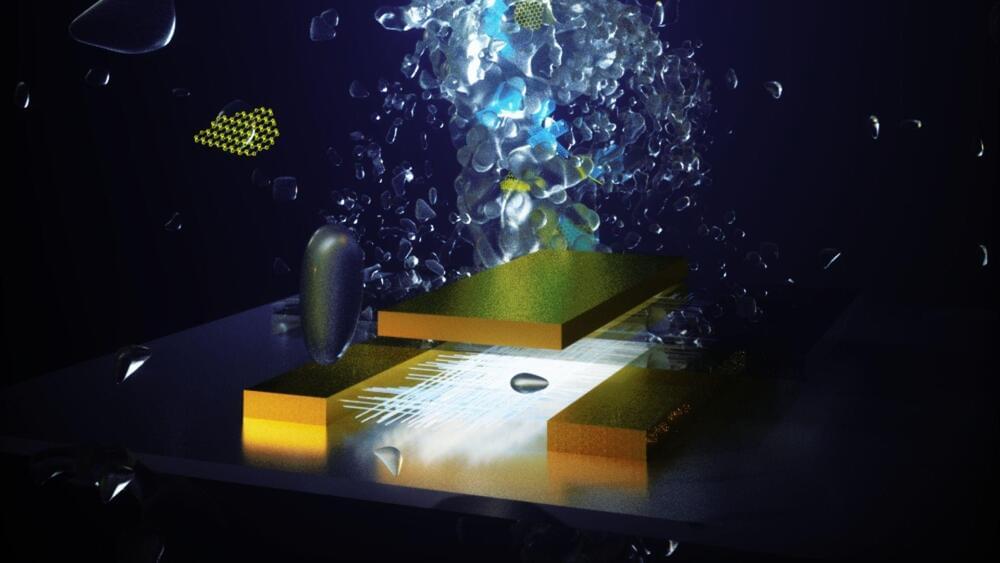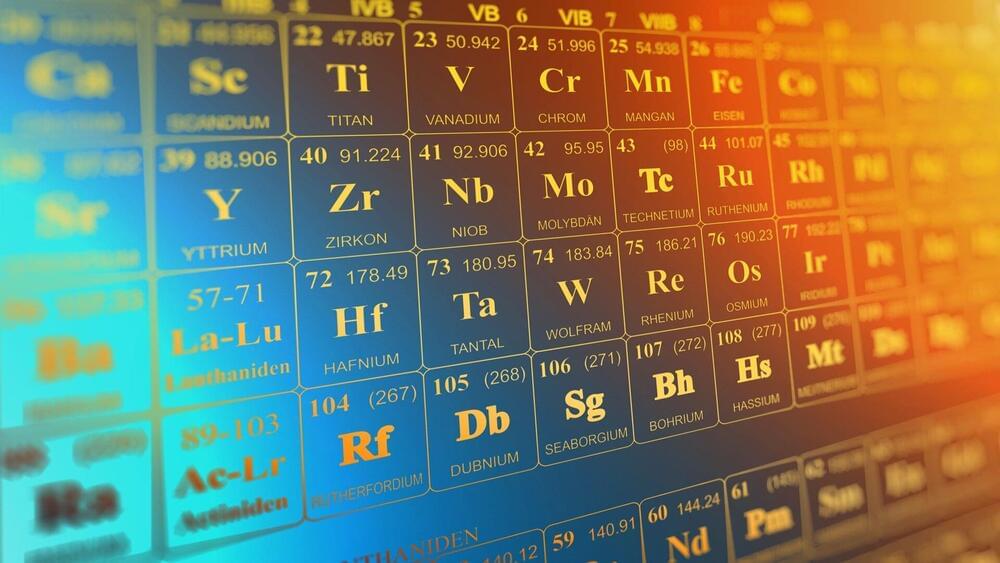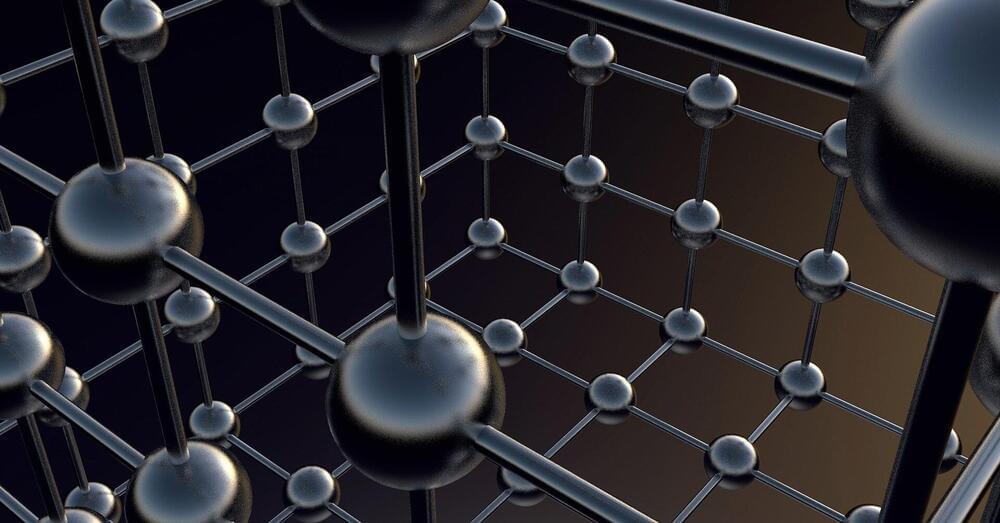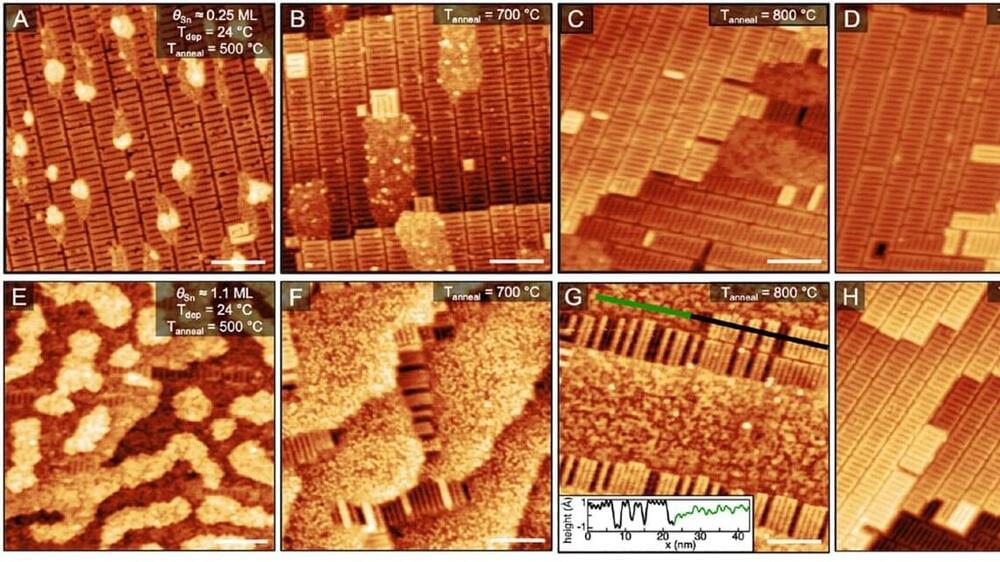Apr 11, 2023
A split ribozyme that links detection of a native RNA to orthogonal protein outputs
Posted by Dan Breeden in categories: bioengineering, biotech/medical, chemistry
Individual RNA remains a challenging signal to synthetically transduce into different types of cellular information. Here, we describe Ribozyme-ENabled Detection of RNA (RENDR), a plug-and-play strategy that uses cellular transcripts to template the assembly of split ribozymes, triggering splicing reactions that generate orthogonal protein outputs. To identify split ribozymes that require templating for splicing, we use laboratory evolution to evaluate the activities of different split variants of the Tetrahymena thermophila ribozyme. The best design delivers a 93-fold dynamic range of splicing with RENDR controlling fluorescent protein production in response to an RNA input. We further resolve a thermodynamic model to guide RENDR design, show how input signals can be transduced into diverse outputs, demonstrate portability across different bacteria, and use RENDR to detect antibiotic-resistant bacteria. This work shows how transcriptional signals can be monitored in situ and converted into different types of biochemical information using RNA synthetic biology.
© 2023. The Author(s).
Conflict of interest statement.

















